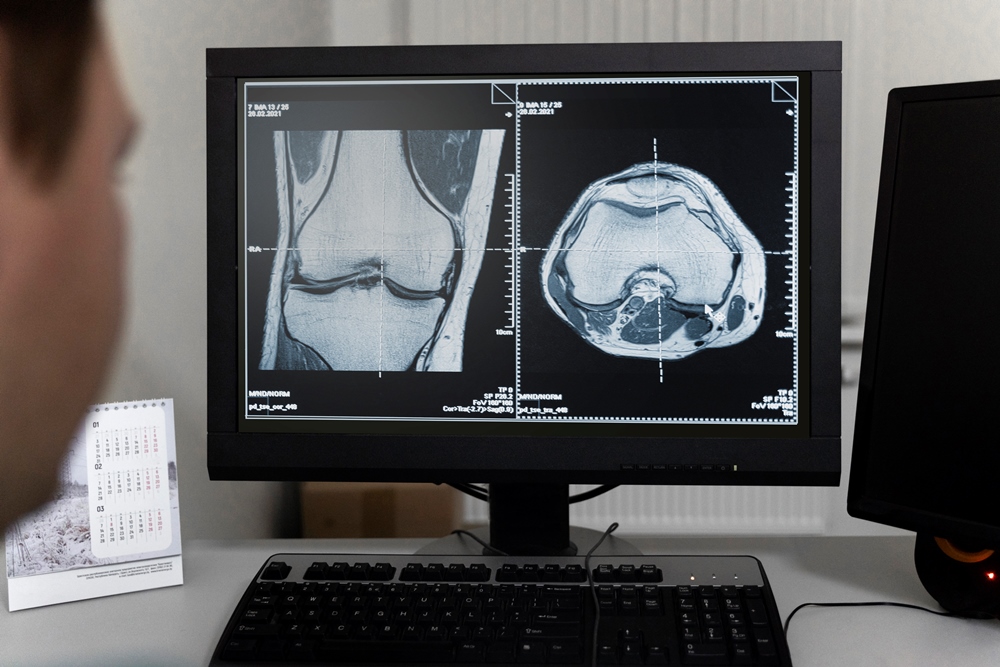Naitive announces publication of study demonstrating diagnostic accuracy of osteoSight

Musculoskeletal med tech company Naitive Technologies has published results demonstrating the diagnostic performance of its AI-powered tool, OsteoSight, for identifying people at risk of low bone mineral density (BMD).
The results, published in Osteoporosis International, validate the utility of OsteoSight in detecting low BMD using routine X-rays that have been taken for other purposes.
Robert J. Pignolo, M.D., Ph.D. is Professor of Geriatric Medicine at Mayo Clinic, who is a member of the Naitive scientific advisory board and co-authored the paper.
He said: “These findings represent a meaningful advancement in our ability to identify patients at risk of osteoporosis earlier in their care journey.
“By leveraging existing X-rays, OsteoSight provides clinicians with a practical and effective tool to case-find patients with low bone mineral density—a key predictor of fracture risk—that might otherwise go unnoticed.
“This type of opportunistic assessment is exactly the kind of innovation we need to close the diagnosis gap and improve long-term outcomes for patients.”
During the study, which utilised a large and diverse US cohort, a series of performance tests were conducted to evaluate the diagnostic accuracy, reproducibility, and the impact of clinical confounders on diagnostic accuracy.
The tool achieved high diagnostic accuracy, with an AUROC of 0.834 [0.789–0.880] and maintained its diagnostic performance across subgroups of clinical confounders and X-ray manufacturers, demonstrating its suitability for real world, clinical applications.
Importantly, the study highlighted the ability of OsteoSight to correctly exclude mislabeled images or those with metalwork, providing an additional safety mechanism that reinforces clinician confidence in the AI tool.
Dr Will Briggs, CEO of Naitive, said: “We’re proud to share these results with the clinical community as a key milestone in our mission to build AI that clinicians can trust.
“By embedding safeguards that enable OsteoSight to recognize and exclude unreliable inputs, such as mislabeled data, we’re reinforcing its role as a dependable, high-trust source of clinical insight.
“That trust is critical to driving adoption, and adoption is essential for enabling earlier detection and intervention for osteoporosis, ultimately leading to better outcomes for patients.”






